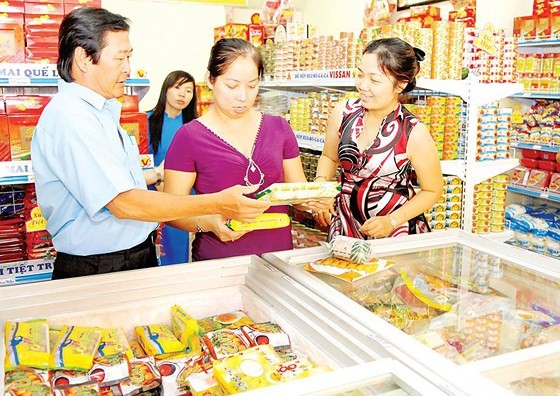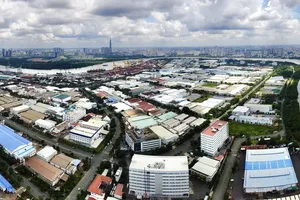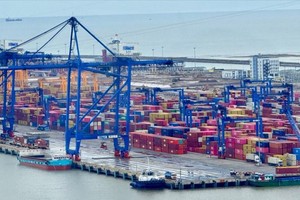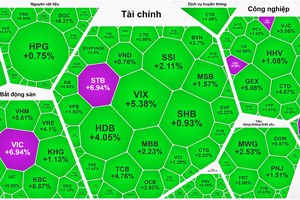
After spending time to understand the market and trends in consumption in Vietnam, in middle of January, 2018, GS25, South Korea’s leading convenience store chain , opened its first convenience store. So far, five other outlets had been opened in Ho Chi MInh City.
GS25 Vietnam manager Yun Ju Young said that each of GS25’s store locates in the area of 130 square meter selling 1,600 items including ready-made processed food, consumer goods. Of which 30 percent are Korea-made goods while 60 percent are Vietnamese-made commodities and the remaining come from different nations.
GS25 focus on young consumers who are busy and need fast -moving services. Moreover, GS25 invested in building a food producer in the Mekong delta province of Long An to supply 20,.000 fast food in its chains in the Southeast Asian country.
Before, in June, 2017, 7-Eleven opened its inaugural Vietnam store attracting long lines of customers queuing to enter the store. After a short time, 7-Eleven expanded its chains with more than 10 outlets in districts 1, 2, 7, Binh Thanh and crowded residential blocks.
After re-structuring in 2015, the US’s Circle K opened more 250 convenience stores mostly in two big cities Hanoi and Ho Chi Minh City. FamilyMart from Japan is getting closer to the target of opening another 140 corner shops in HCMC spotting the newest trends amongst Vietnamese young customers meanwhile Shop&Go and B’s Mart also established nearly 300 outlets nationwide.
Along with these above-mentioned brand names, convenience outlets such as Vinmart, Co.op Food, Satrafood, Bach Hoa Xanh ( Green Grocery ) of local enterprises are mushrooming. In 2015, there had been 500 Vinmart store, the number of Vinmart’s convenience store is 1,000.
Saigon Co.op and Satra opened its chains of Co.op Food and Satrafood with 200 and 170 respectively.
Economists said that Vietnam’s retail market is very attractive for foreign investors because of its high growth potential. According to A.T. Kearney’s Global Retail Development Index, in 2017, Vietnam has been named among the Top 6 most-attractive retail markets in the world.
One of Vietnam’s advantages that just a few convenience stores are located in in the residential quarters. Apart from it, by the end of 2017, there were over 1,100 convenience stores in Ho Chi Minh City, the rate of these outlets is lower in a city with 13 million people.
Additionally, 25 percent of Vietnamese people are in the age of 10 - 24 who prefer modern consumer trend and electronic commerce.
As per the commerce development strategy by 2025 with the vision to 2035 built by the Ministry of Industry and Trade, annual retail and consumer service revenue growth from now to 2020 will reach 13 percent. Subsequently, retail market generally and convenience stores particularly entered fierce competition creating new face for the commerce sector.
Statistically, local investors achieved 70 percent of market shares and revenue; yet it is forecast that the number will rise in next years. Nevertheless, there will be cut-throat competition between traditional and modern business , between local products and foreign products. On the other hand, rent will go up with average increase of 300-400 percent compared with years before.
A store with the width of 7 - 8 meter and the length of 25 - 30 meter will have the rent of VND40 million ($1,754) a month in districts Binh Thanh, Go Vap and even VND90 - 100 million in other districts.
In reality, though convenience stores are mushrooming but not many of them announced to have profit because they still spend more in the store to compete with their rivals.
According to Family Mart’s calculation, to open a convenience store in HCMC, it needs $100,000 while it is 20 percent higher in Bangkok (Thailand), but consumption in Thailand is better in Vietnam . that’s why Family Mart has not gained profit from business in Vietnam. Similarly, local retailers suffered huge loss.
























